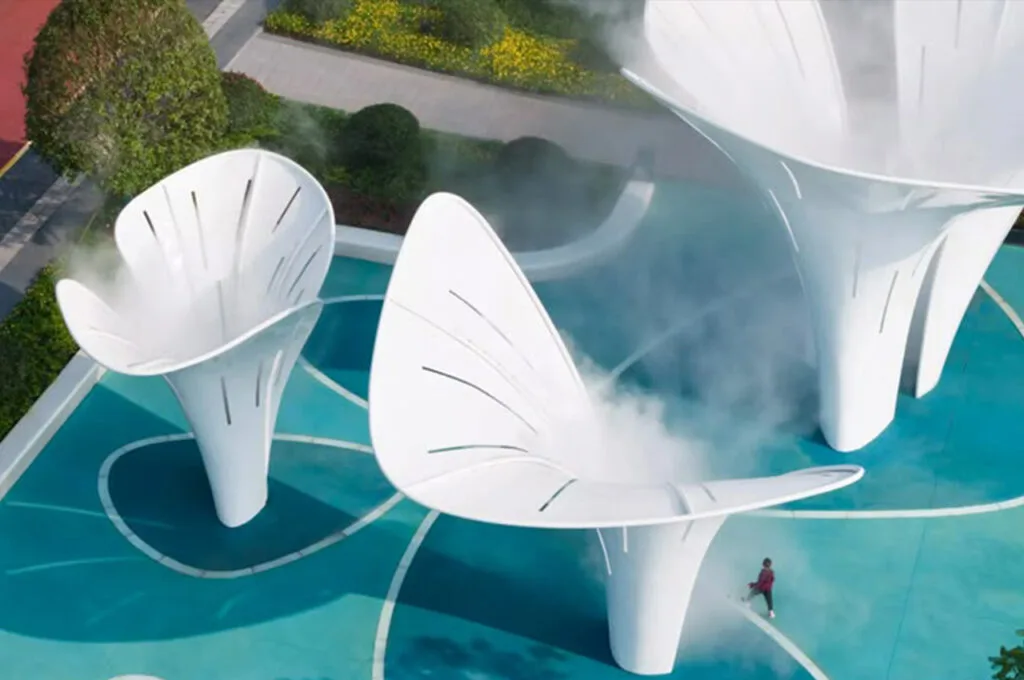Recent data reveals a significant surge in projects incorporating canopy sculptures, with architects, designers, and artists worldwide embracing these visually captivating structures. But what’s driving this trend? Let’s examine the key factors behind the rising demand for canopy sculptures in contemporary design.
1. Aesthetic Impact: Elevating Spaces with Artistic Vision
Canopy sculptures transform ordinary environments into extraordinary experiences. Their intricate designs and dynamic forms create a sense of wonder, making them a striking focal point in any setting. As a leading sculpture manufacturer, Alisn offers a diverse portfolio of customizable canopy sculptures, tailoring each piece to complement the project’s unique environment and vision.
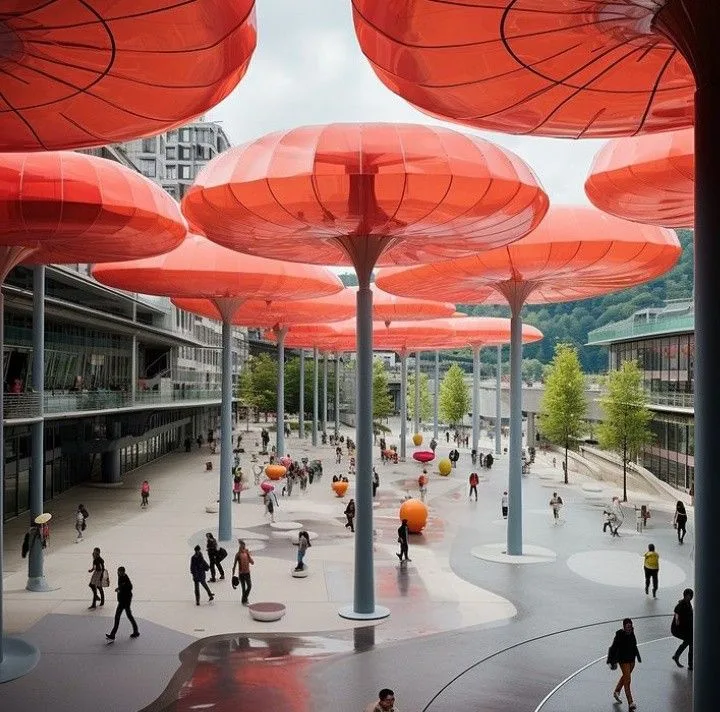
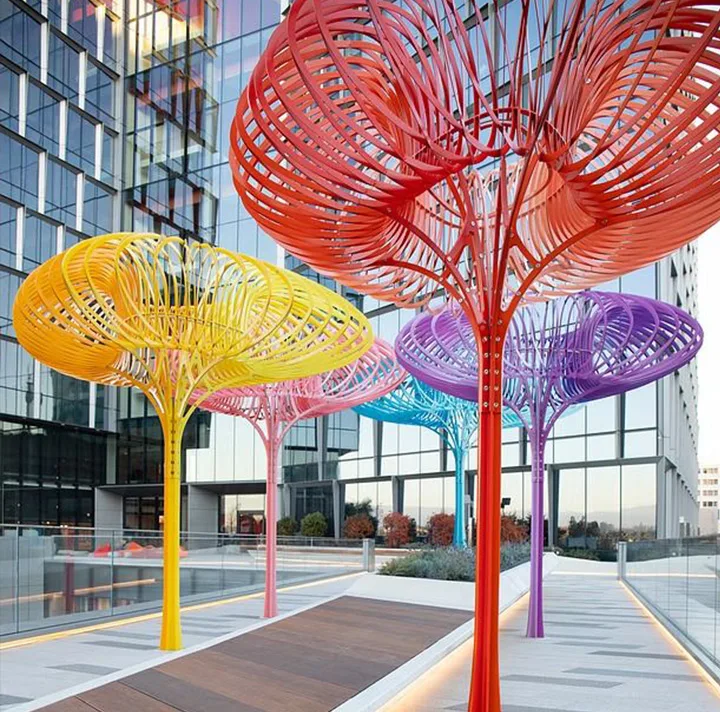
2. Functional Versatility: Beauty Meets Practicality
Beyond their visual appeal, canopy sculptures serve practical purposes—providing shade, shelter, and protection from wind and rain. This makes them ideal for outdoor spaces like parks, gardens, and public plazas. With 10+ years of expertise, Alisn specializes in bespoke designs, adapting materials, sizes, and structures to meet precise project requirements.
3. Sustainability: Eco-Friendly Design Solutions
As sustainability becomes a priority, canopy sculptures offer an innovative way to integrate eco-conscious elements into architecture. Made from renewable materials (such as eco-friendly membrane, recycled metals, or sustainable fabrics), they help reduce a project’s carbon footprint. Additionally, they mitigate the urban heat island effect by enhancing shade and promoting natural airflow.
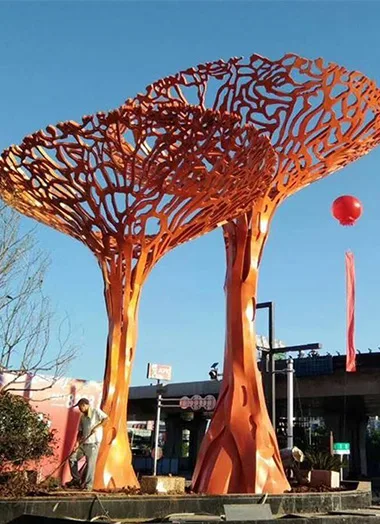
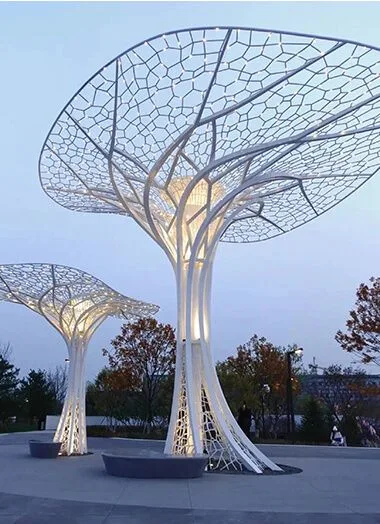
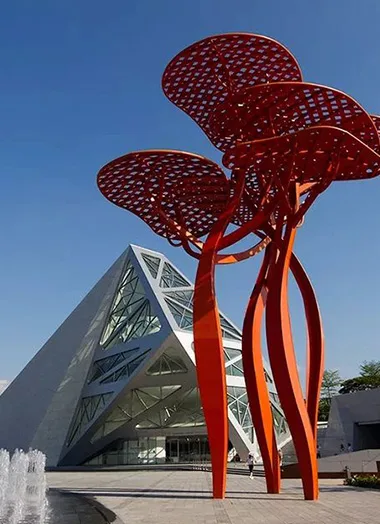
4. Community Engagement: Creating Social Landmarks
Canopy sculptures foster community interaction by serving as gathering spots and conversation starters. Public art installations featuring these structures strengthen local identity, turning spaces into cultural landmarks that inspire social connection.
5. Branding & Marketing: Making a Lasting Impression
For commercial projects, canopy sculptures act as powerful branding tools. Their bold, customizable designs can reflect a company’s identity, attracting attention and leaving a memorable impact. These sculptures become iconic symbols, boosting a project’s visibility and intrigue.
6. Technological Innovation: Pushing Design Boundaries
Advances in materials and fabrication techniques allow for lighter, more durable, and weather-resistant canopy sculptures. This enables architects to experiment with cutting-edge designs, from intricate patterns to large-scale installations previously deemed impractical.
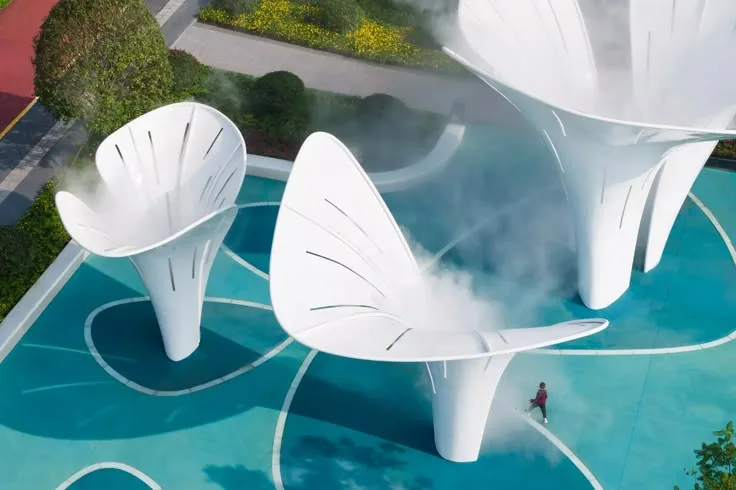
Conclusion: The Future of Canopy Sculptures in Design
The growing adoption of canopy sculptures stems from their multifunctional benefits—artistic appeal, practicality, sustainability, community value, branding potential, and technological adaptability. As these structures continue redefining spaces globally, Alisn remains at the forefront, delivering tailored, high-impact designs for forward-thinking projects.
